6 Best Substitutes for Oyster Sauce
When you buy through our links, The Breslin may earn an affiliate commission. Learn more
Oyster sauce is a wonderful condiment, but there are tons of reasons why you want to use an oyster sauce substitute. You happen to run out of it, or simply because it is not really beneficial to your health, or you want to go for a change of taste?
In this post, I will help you find the best oyster sauce substitutes for your specific needs and provide a ton of helpful recipes for you to make oyster sauce substitutes with detailed instructions.
Besides, you will learn more useful information about this topic and gather some kitchen know-how that will be of great use in the future. Let’s dive in!
What Is Oyster Sauce And Its Benefits?
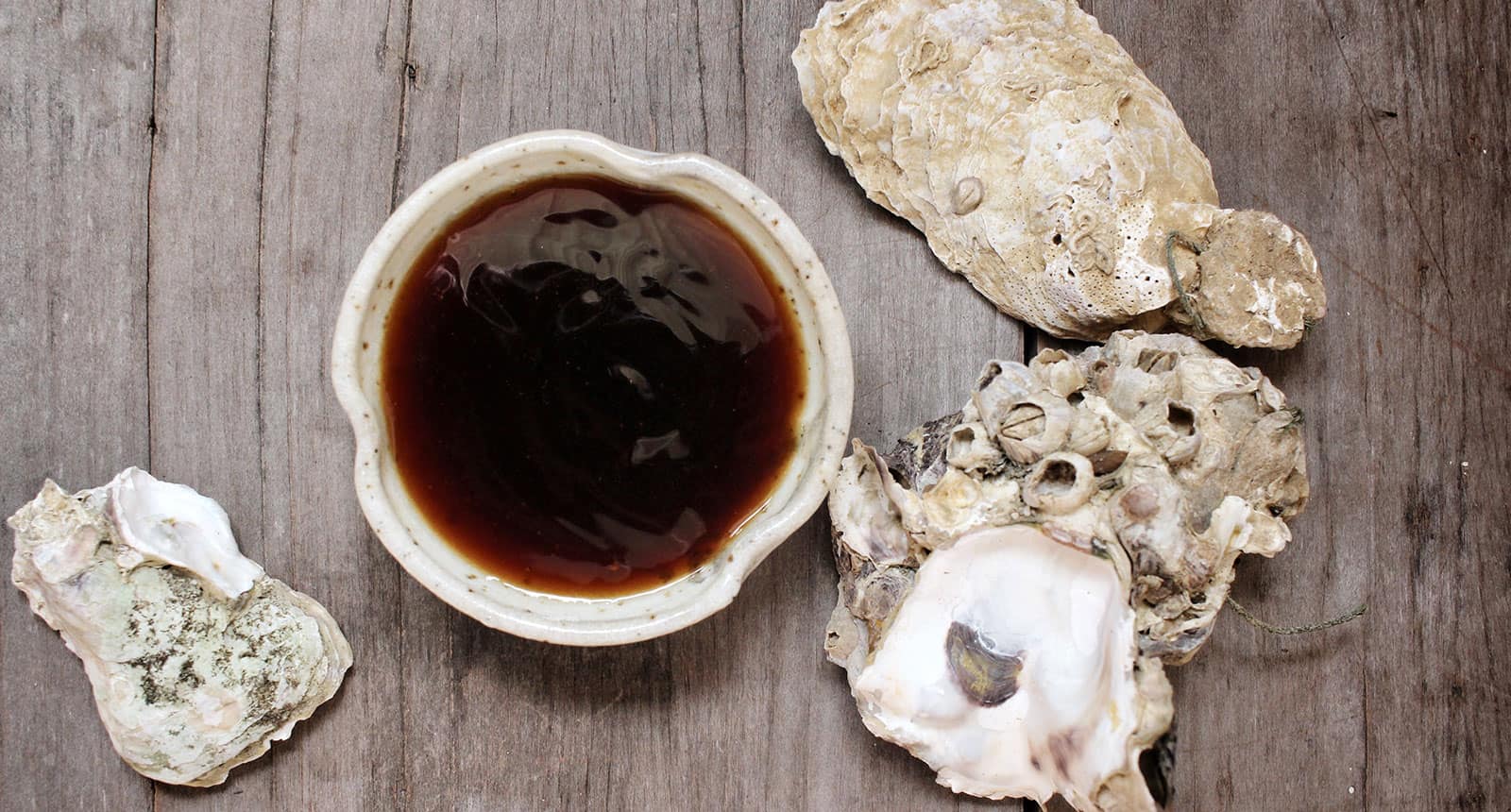
Oyster sauce is a popular condiment, widely used in Asian cuisine, particularly Cantonese, Vietnamese and Thai cooking.
Traditionally made oyster sauce is made from oyster broth cooked down into a dark brown, thick, glistening sauce. The texture is ketchup-like, thick, very smooth, and silky.
Commercial oyster sauce widely found in the marketplace might not be that ideal. Simply put, they are oyster-flavored sauces made from sugar, salt, cornstarch, oyster extract and sometimes contain monosodium glutamate (MSG), a synthetic flavor enhancer to imitate umami-ness.
Both commercial soy sauce and traditional soy sauce share a harmonic combination of sweetness, umami-ness, and earthy flavors. But with traditionally made oyster sauce, the flavors are more authentic and retain a subtle hint of brininess from the sea.
It is prized as an all-purpose sauce that serves a wide range of purposes: cooking, marinating, and dipping sauce.
Oyster sauce acts as a versatile dressing on any dish, especially with steamed vegetables. Just a few drizzles of it can give a total boost of flavors to make the dish shine. I recommend you add a few drizzles of it on steamed bok choy and tofu, you will be amazed at the results.
And it is also widely used as a seasoning during the cooking process. Stir-fries are more wonderful with a few spoons of oyster sauce. And it also makes a perfect dipping sauce to complement the flavors of dumplings and tofu.
However, it is noteworthy that the sauce is not completely plant-based, hence not suitable for vegans. And for people with shellfish allergy, it is not healthy to consume.
Oyster sauce is also low in fat, so it is completely healthy for people with heart diseases. However, it has nearly no positive impact on the body as it does not have a significant amount of good nutrients like vitamins, proteins, and fibers.
For nutrition facts, 1 tablespoon (18 grams) of oyster sauce contains:
- 9.2 calories
- 0.1 g of total fat
- 492 g sodium
- 2 carbs
- 0 sugar
- 0.1 diary fibers
- 0.2 protein
- 0.4% calcium
- 0.2% iron
What Are Oyster Sauce Substitutes?
Without further ado, this is a list of oyster sauce substitutes. As oyster sauces serve the main three purposes: marinates, dips, and stir-fries, I will categorize the oyster sauce under these three labels. Please refer to your recipe to choose the best substitute.
Best For Marinades
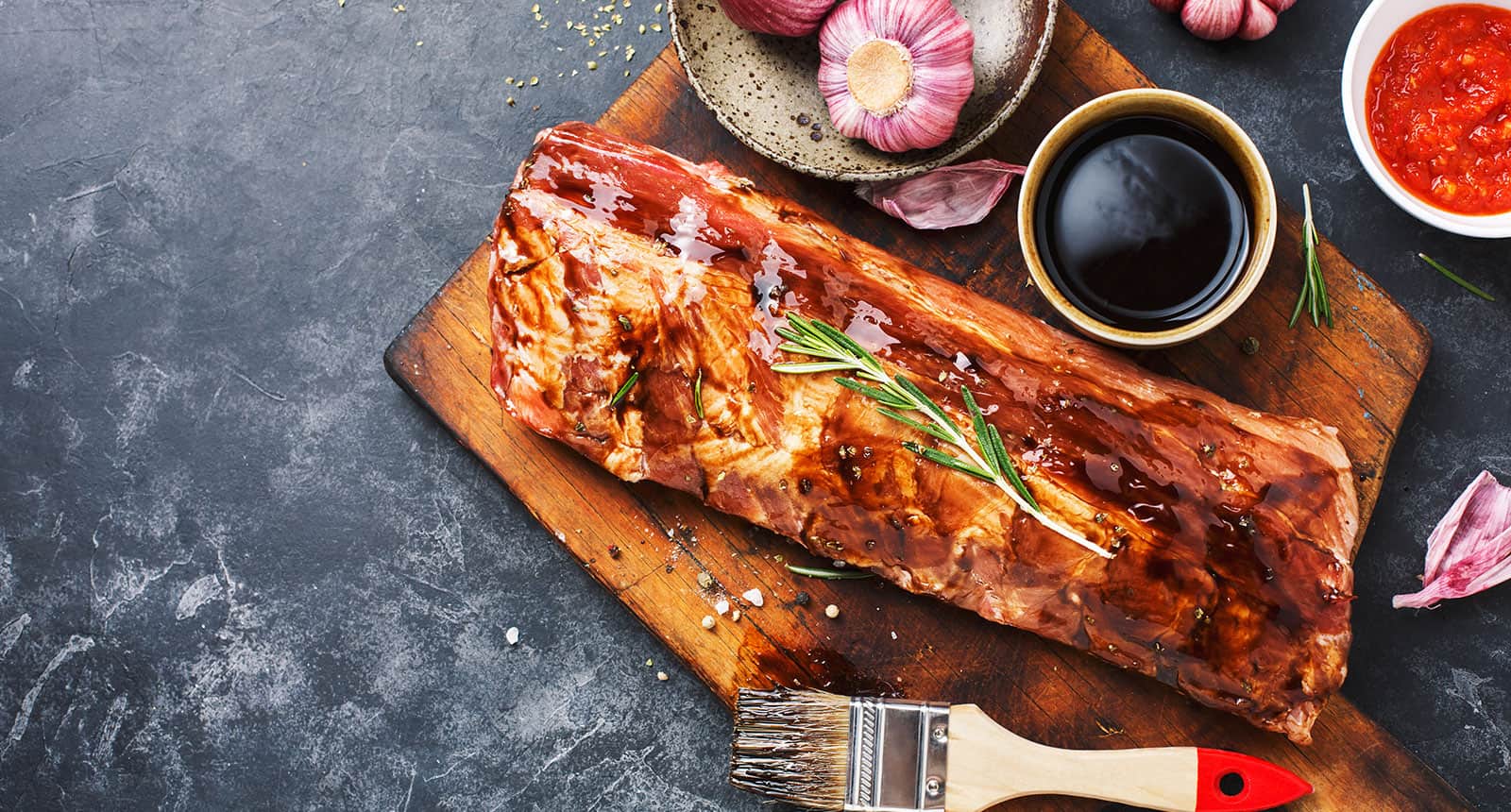
Marination is a vital process to make the food more flavorful, especially for meat dishes. Marination also helps eliminate strong, unpleasant odors, sometimes adding a little bit of color makes it more eye-appealing.
Marinating is undeniably the key to an amazing tasting dish. As I mentioned, oyster sauce is a wonderful concoction, and in the case of no oyster sauce available, these substitutes will be the first ones to think about.
Sweet Soy Sauce/ Kecap Manis (Same Texture, Sweeter)
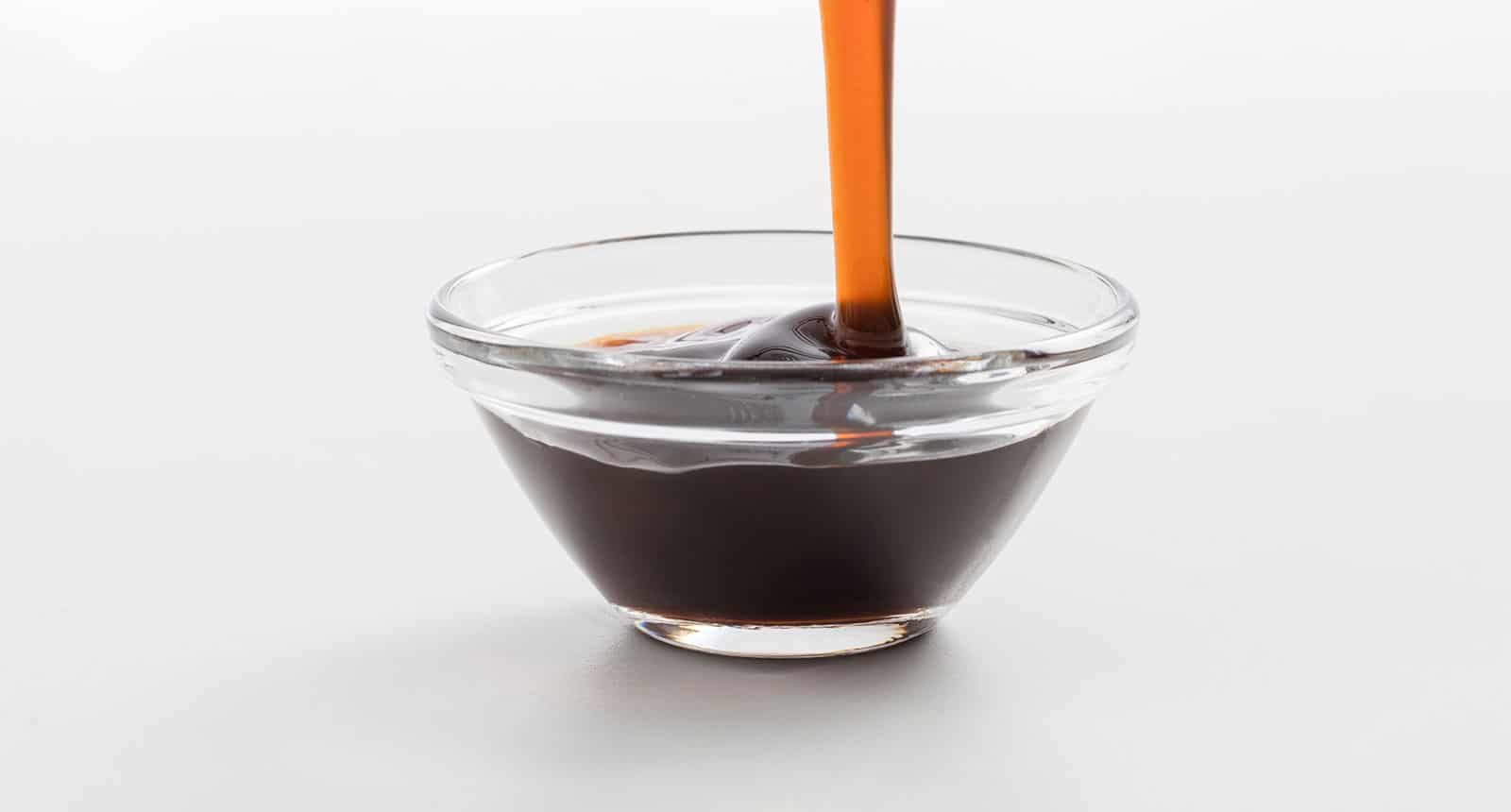
Another useful substitute for oyster sauce is sweet soy sauce, also known as Kecap Manis, a soy sauce that originated in Indonesia.
The sauce is made from boiled black soybeans, water, salt with mold added to catalyze fungal fermentation. A large amount of palm sugar is then added to create sweetness, dark color, and thick viscous consistency.
In terms of taste, it is a combination of predominating sweetness and slight saltiness. Added palm sugar creates a different sweetness than in hoisin sauce, milder with more aroma. The saltiness of fermented soybeans also adds a funky taste. It will definitely satisfy a person with a sweet tooth.
It is a popular ingredient found in almost every Indonesian pantry and can produce great results for multiple cooking purposes.
Similar to hoisin sauce, the thick and sticky texture and dark color of sweet soy sauce make it ideal for glazing grilled and roasted meat. Just a few spoonfuls of it can produce a mouth-watering, dark-brown glazing effect and aromatic flavors that your guest will not stop appraising.
People also love to use it as a seasoning during the cooking process. When used as a dipping sauce, its taste is usually enriched with other spices like star anise, clove, cinnamon, or black pepper. A swap with a proportion of 1:1 will offer wonderful results.
Nutrition-wise, one tablespoon (22 grams) of sweet soy sauce contains:
- 45 calories
- 0.1 g of total fat
- 0 g trans fat
- 0 g of cholesterol
- 659 mg sodium
- 11 g carbs
- 0.1 g of dietary fibers
- 10 g sugar
- 1 g protein
- 0.3% daily value calcium
- 1% daily value iron
Fish Sauce ( Different Texture, Same Saltiness )
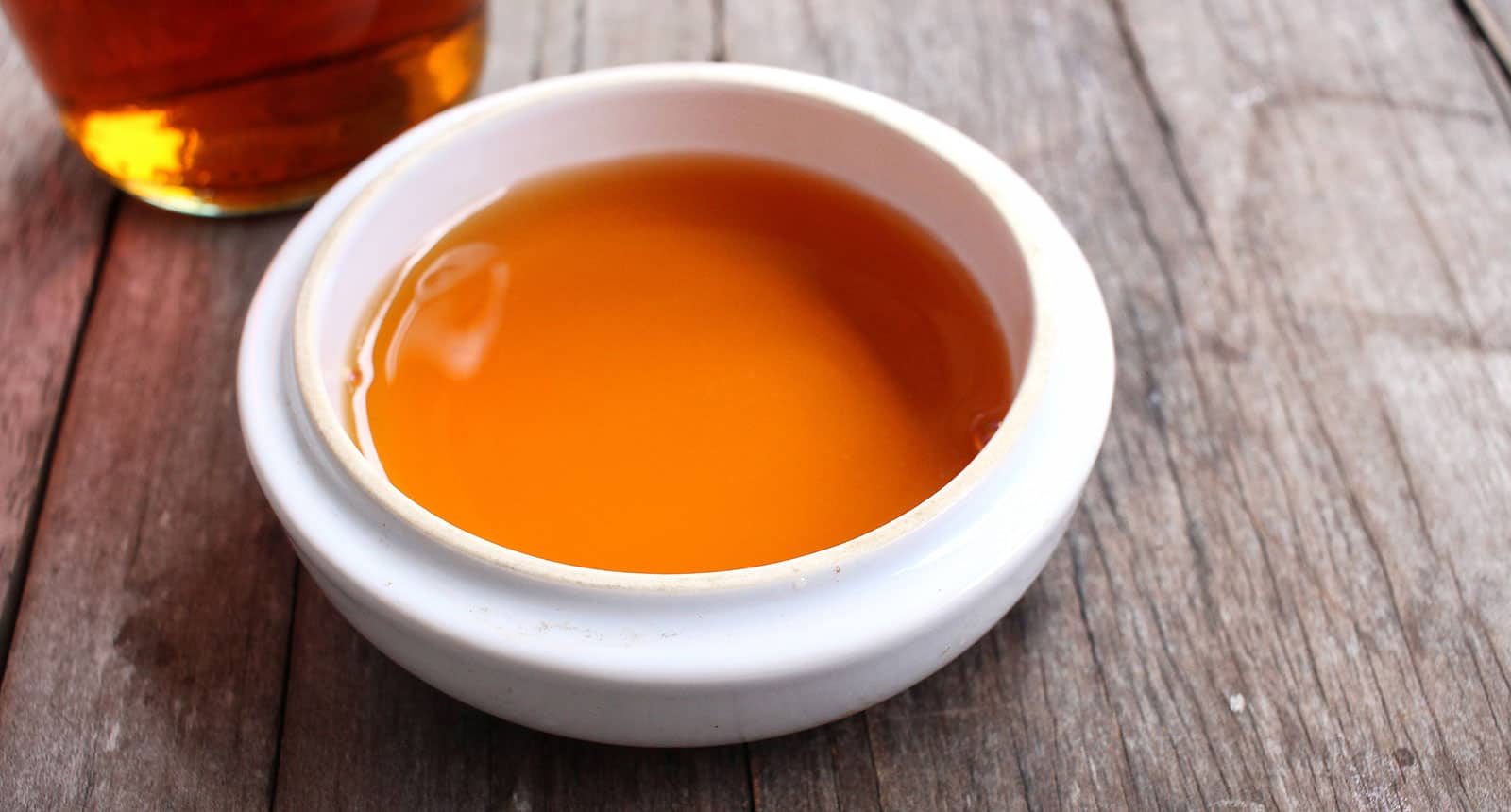
Fish sauce is a reddish-brown color with a level of transparency. It has a thin liquid texture, almost as thin as water. It is a ubiquitous condiment found in every Asian kitchen. The sauce is so popular that every Asian country has its own version of fish sauce.
Fish sauce is traditionally made from anchovies or krill coated with layers of salt and fermented for 1 to 2 years. The longer it is brewed, the better the taste is.
In terms of taste, fish sauce’s taste is the least similar to that of oyster sauce because it lacks sweetness and umami-ness. It has a fishy, tangy, strikingly salty taste with a funky note to it.
Also, its aroma is very strong, and if you accidentally spill just a bit on clothes, the stink can last for a few days.
If you go overboard with it, the savory taste will dominate the dish and make you feel like a sharp punch of saltiness right on the tongue.
As a strong and useful condiment, it is very useful to add depth to the flavors of any dish. The most popular uses of fish sauce are to marinate meat, seafood or used as a powerful seasoning in stir-fried dishes.
It is noteworthy that as a very thin liquid, it produces no glistening coating layers and is incorporated into the dish completely. If the mouth-watering look is in your goal, you’d better stick to other syruplike thick sauces.
Although less commonly known, fish sauce is also used as a base for dipping sauce. It is combined with lime juice, cloves, chili, and other spices to balance out the saltiness.
For, a tablespoon of oyster sauce can be swapped with a teaspoon of fish sauce, or even less. You’d better play safe with a teaspoon of fish sauce first, then do the tasting and add more if necessary.
Its high content of sodium makes it less healthy for people with heart-related and kidney problems, and luckily there is a diversity of low-sodium versions on the marketplace for you to choose from.
About nutrition contents, one tablespoon (18 g ) of fish sauce contains:
- 6.3 calories
- 0 g total fat
- 1413 mg sodium
- 0.7 g carbs
- 0 g dietary fibers
- 0.7 g of sugar
- 0.9 g of proteins
- 0.6% daily value calcium
- 0.8% daily value iron
Teriyaki Sauce (Similar Saltiness, Similar Texture)
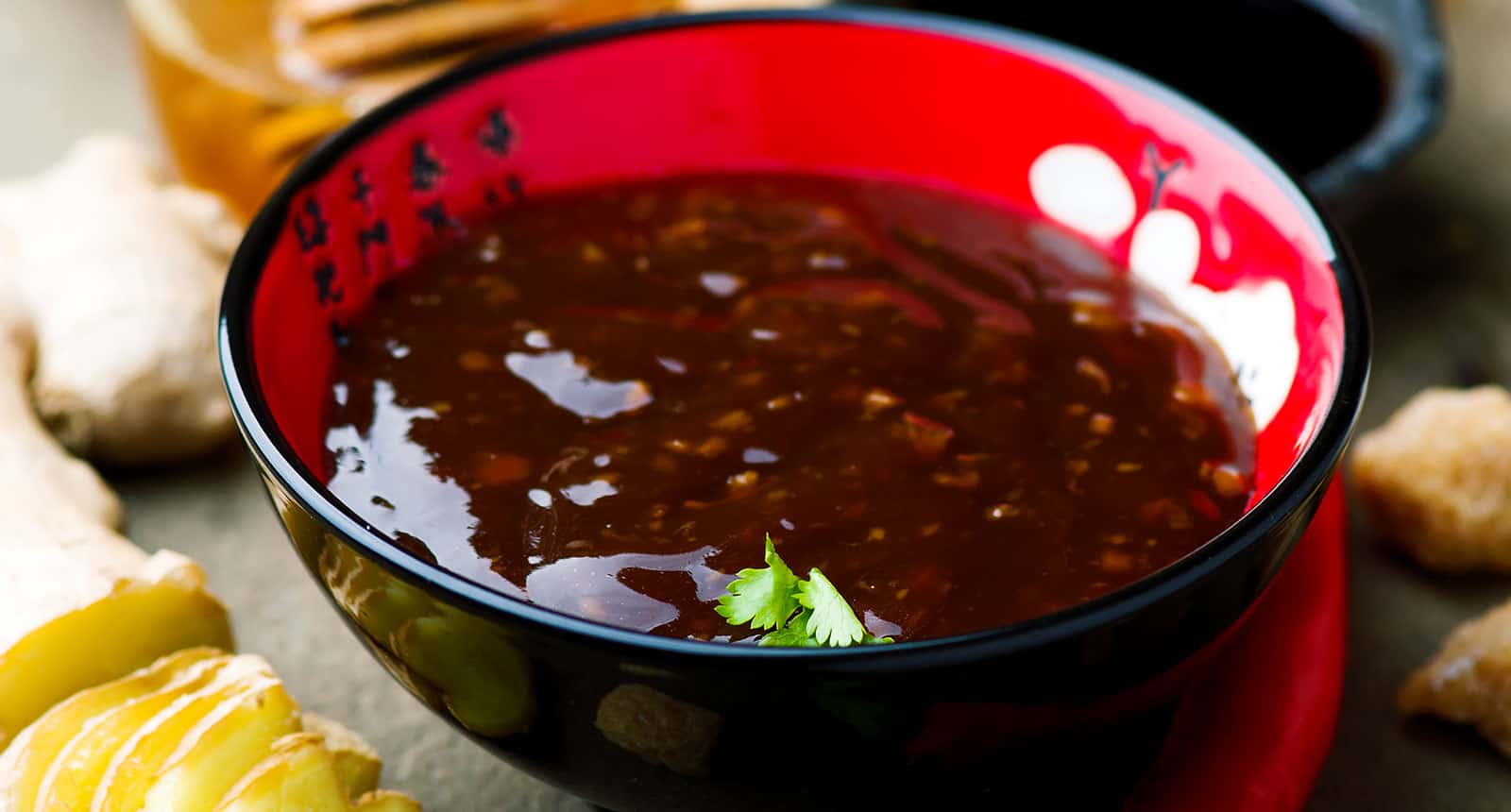
Interestingly, there are so many possible oyster sauce substitutes, each with unparalleled notes of flavors. With teriyaki sauce, you will find yourself closer to the soul of Japanese cuisine.
Teriyaki sauce is a mixture of soy sauce as a base, and mirin (a traditional Japanese liquor), ginger and garlic, and other spices. The sauce is readily available in any supermarket or grocery store, but you can easily make your own homemade teriyaki with some simple ingredients.
The base soy sauce brings in umami-ness and saltiness and powerful sugary taste; hence is very helpful to alleviate the savoriness and balance the overall flavors.
What’s more, some added elements like ginger and garlic provide lovely aromatic features. Mirin brings a note of tangy sweetness and funky alcohol flavors to the table. And a pinch of sesame seeds is added for a sense of nuttiness, and it creates an overall interesting mouthfeel.
The most popular uses are marinade or glaze meat and poultry for a glossy, appealing look. The high content of sugar allows it to caramelize and become sticky if dressing in a baking dish. A quick drizzling on any kind of vegetables will also make them admirably delicious.
For nutrition contents, 1 tablespoon ( 18 gram) of teriyaki sauce contain:
- 16 calories
- 0 total fat
- 0 cholesterol
- 690 mg sodium
- 2.8 g carbs
- 0 g dietary fibers
- 2.5 g of sugar
- 1.1 g of protein
- 0.3% daily value calcium
- 1.7% daily value iron
Best for Dips
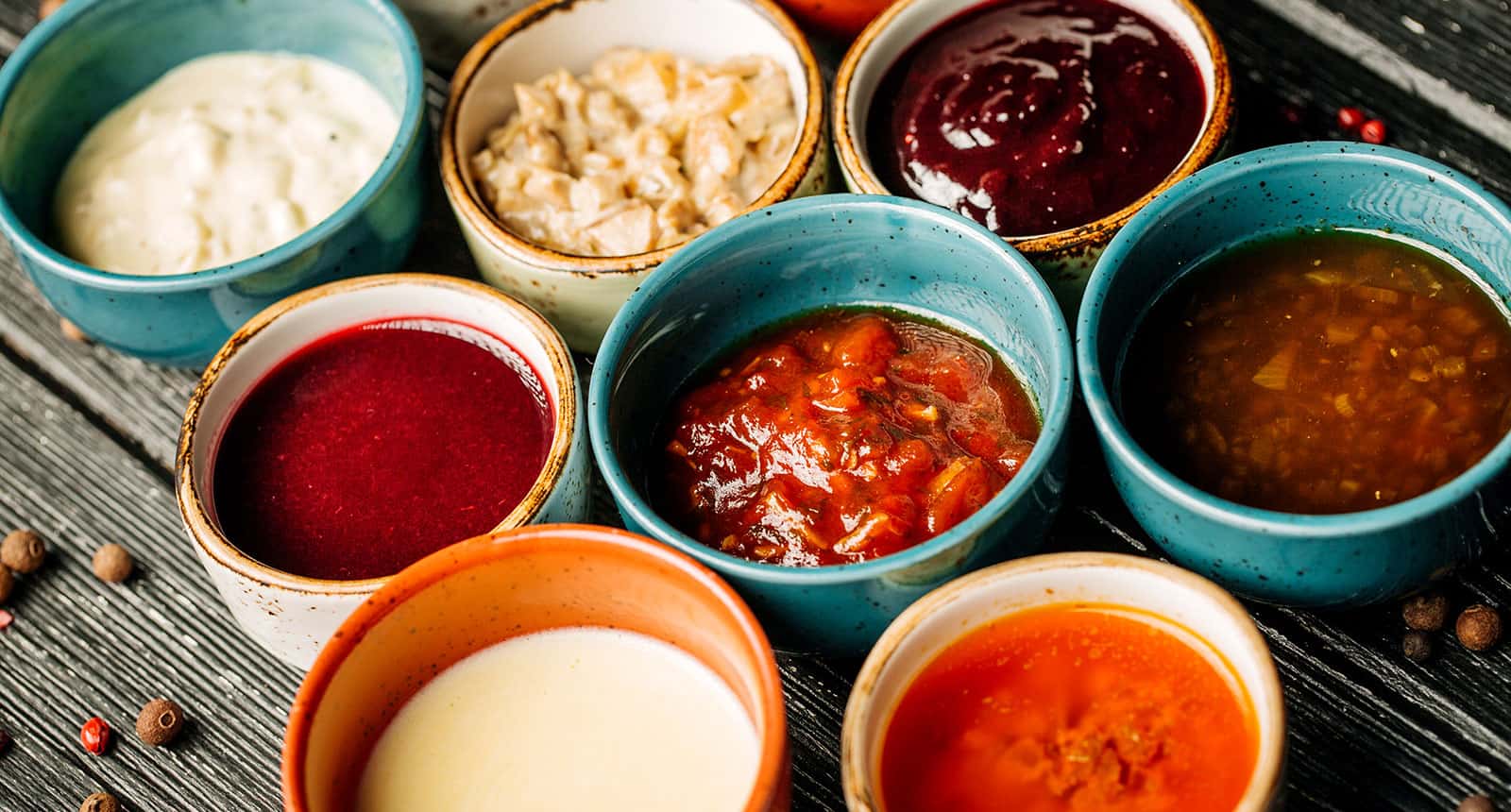
Dipping sauces has been an essential means to a better fulfilling dish, as it adds depth to the dish. Little do you know, a dipping sauce is considered a must-have in Asian cuisine.
It is not extra to say that it can make or break the dish. Let’s take a look at these oyster sauce substitutes that are best used for dips.
Hoisin Sauce (Similar Sweetness, Similar Texture)
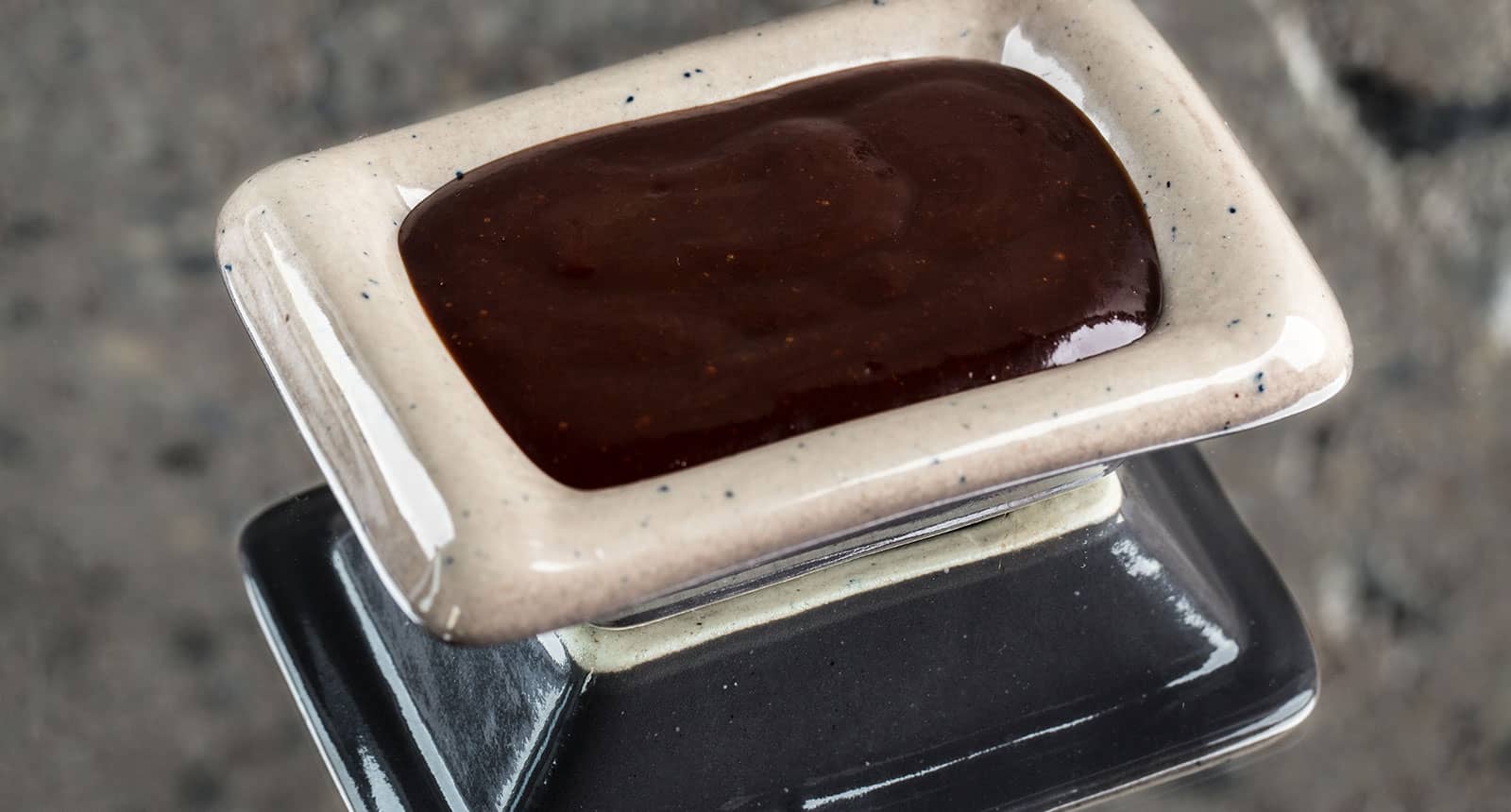
If you are looking for a substitute that can resemble the sweetness and thick consistency of the oyster sauce, then Hoisin sauce is the right choice for you.
Hoisin sauce is a thick, reddish-brown sweet, and spicy sauce, widely used in Chinese and Cantonese cooking and sometimes referred to as Chinese barbecue sauce.
Traditionally, it is a mixture of fermented soya beans, vinegar, sugar, garlic, chilies, and five spices. There are commercial versions available in the marketplace, and they might contain preservatives, coloring agents, and stabilizers.
Hoisin sauce offers versatile uses from a table condiment to a dressing or an ingredient to mix into a concoction for marinating grilled poultry.
The popular Peking ducks are also made with a regular coating of hoisin sauce, which answers why it has such an eye-appealing shiny golden skin and makes the duck so tender and flavorful.
Similar to oyster sauce, hoisin sauce can also be used to add colors and flavors to stir-fried noodles and vegetables, and a lot of people love it as a dipping sauce.
Its profile flavor combines sweetness, strong garlicky flavors and represents a sense of tanginess from hot spicy chilies. You can imagine its taste is somewhat similar to American-styled barbecue sauce but much saltier and richer.
However, it lacks the signature umami-ness and fishy flavors found in traditional oyster sauce. Although fermented soybeans lend some umami taste and resemble a part of oyster sauce, you can still taste a lot of difference between the two.
You can feel free to use it instead of oyster sauce following a 1:1 proportion for the same look and salty flavors, but the taste will be much sweeter than oyster sauce because it contains a higher content of sugar. So it is recommended you do a proper taste test in any way.
As a plant-based sauce without any elements from animals, vegetarians can feel free to use it instead of oyster sauce. But if you are allergic to soy, then it is better to choose another substitute for the sake of your health.
For nutrition facts, 1 tablespoon (16gram) of hoisin sauce contains:
- 35 calories
- 0.1 g of saturated fat
- 0.5 mg cholesterol
- 258 mg sodium
- 7.1 g of carbs
- 0.5 g of dietary fiber
- 4.4 g of sugar
- 0.5 g of proteins
- 0.4% daily value calcium
- 0.9% daily value iron
Soy Sauce ( Similar Saltiness, Thinner Texture)
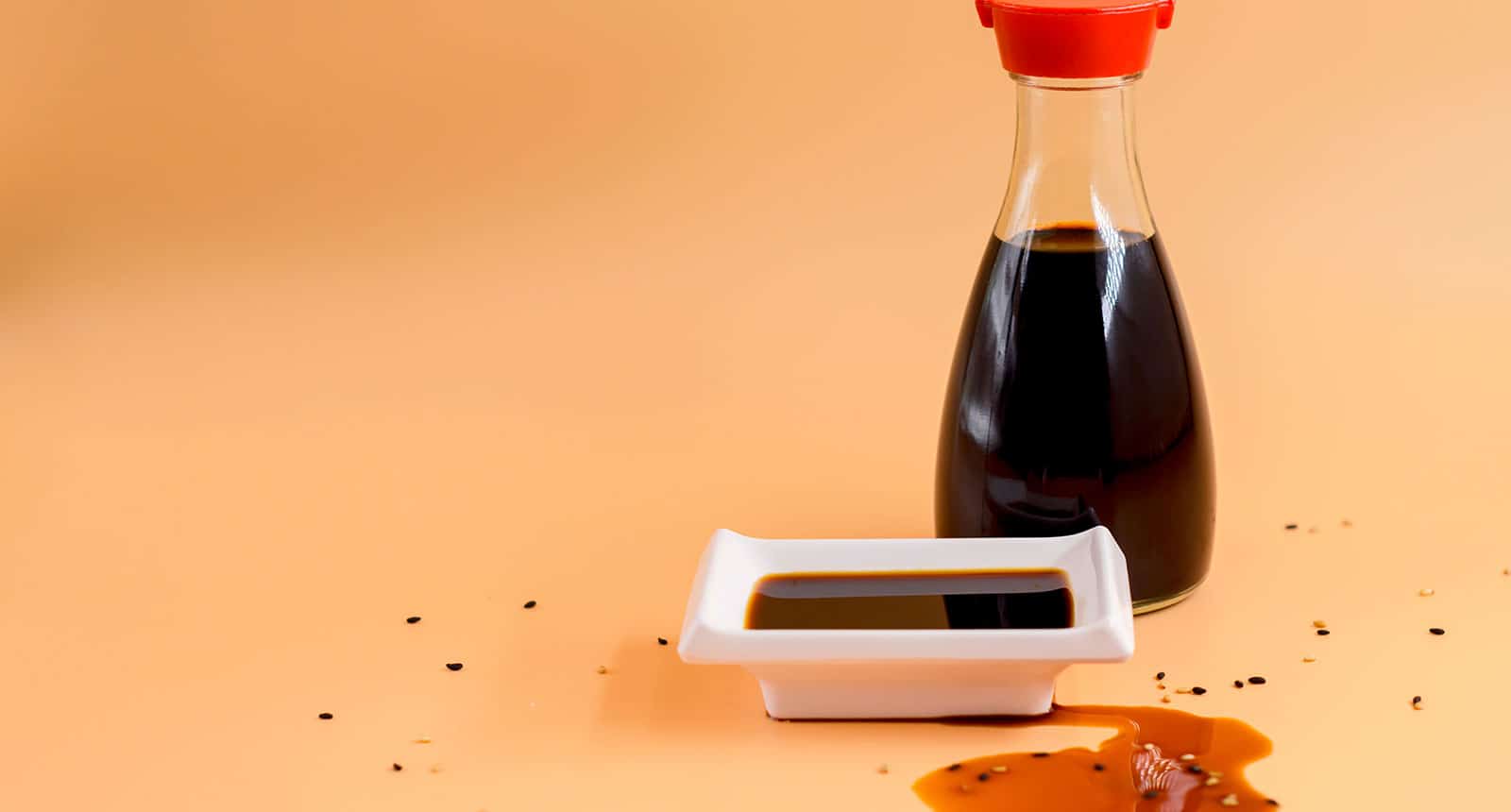
Soy sauce also makes a perfect substitute in the absence of oyster sauce. It has a dark brown translucent color and a thin liquid texture. The traditional condiment is dated back to over 2000 years ago in China.
Soy sauce is a final product of the fermentation process with soybeans as a major ingredient, fermenting agents, water, and salts. Roasted wheat or grains are usually added to the process and create an interesting flavor.
In this traditional method, soybeans take about 5 to 8 months to be completely fermented; then it is put through a strainer to extract the liquid. The process is laborious and time-consuming, but it’s totally worth the wait.
The final product has a unique tangy flavor and a thin texture. Its taste is the interplay of saltiness, sweetness, umami-ness, and a gentle note of bitterness.
Modern-day commercially produced soy sauce goes through a process that has simplified a lot, with the introduction of chemicals like MSG to imitate umami-ness, synthetic flavors, and coloring agents.
Although the taste is somewhat acceptable and most have been trained to the taste of commercial products, you will find it really different once you taste authentic oyster sauce. Commercial oyster sauce is less appealing than traditionally brewed soy sauce, with less flavor and aroma.
If you want a boost of sweetness, dark soy sauce definitely will satisfy your needs. It is a type of soy sauce; its texture is slightly thicker than the regular one and bears more sweet flavors from added molasses and caramel.
Dark soy sauce is commonly added to create colors and a mouth-watering look, so if you are looking for a coloring agent that is safe and healthy to consume, dark soy sauce is called to duty.
Soy sauce is widely used as a table condiment for additional flavors in dishes like porridge and congee or used as a dipping sauce. It is a must-have item served alongside dumplings. The salty, rich taste is perfect to complement dumplings. Without soy sauce, dumplings will taste bland and lack character.
This thin sauce is also widely used with other spices to make into the concoction to marinate meat and poultry. It also acts as a flavor enhancer and is used to season stir-fry dishes during the cooking process. Simply add a spoon to fried rice, and you will have the most delicious fried rice on Earth.
Although bearing all the flavors of oyster sauce, soy sauce is traditionally thin, its texture does not have any similarities with oyster sauce.
So if you add some sugar and fish stock, or a few drops of Worcestershire sauce will thicken the sauce and give a much identical flavor and consistency. Recommend conversion proportion is 1:3 to make the most use of it.
As some soy sauce might contain wheat or grains, it is recommended to look out for gluten-free versions or simply look at the ingredients label if you are gluten intolerant or sensitive.
One tablespoon (16 grams) of soy sauce contains:
- 8.5 calories
- 0.1 g total fat
- 0 g cholesterol
- 879 mg sodium
- 0.8 g carbs
- 0.8 g dietary fiber
- 0.4 g sugar
- 8 g of protein
- 0.4% daily value calcium
- 1.3% daily value iron
Best For Stir-Fries
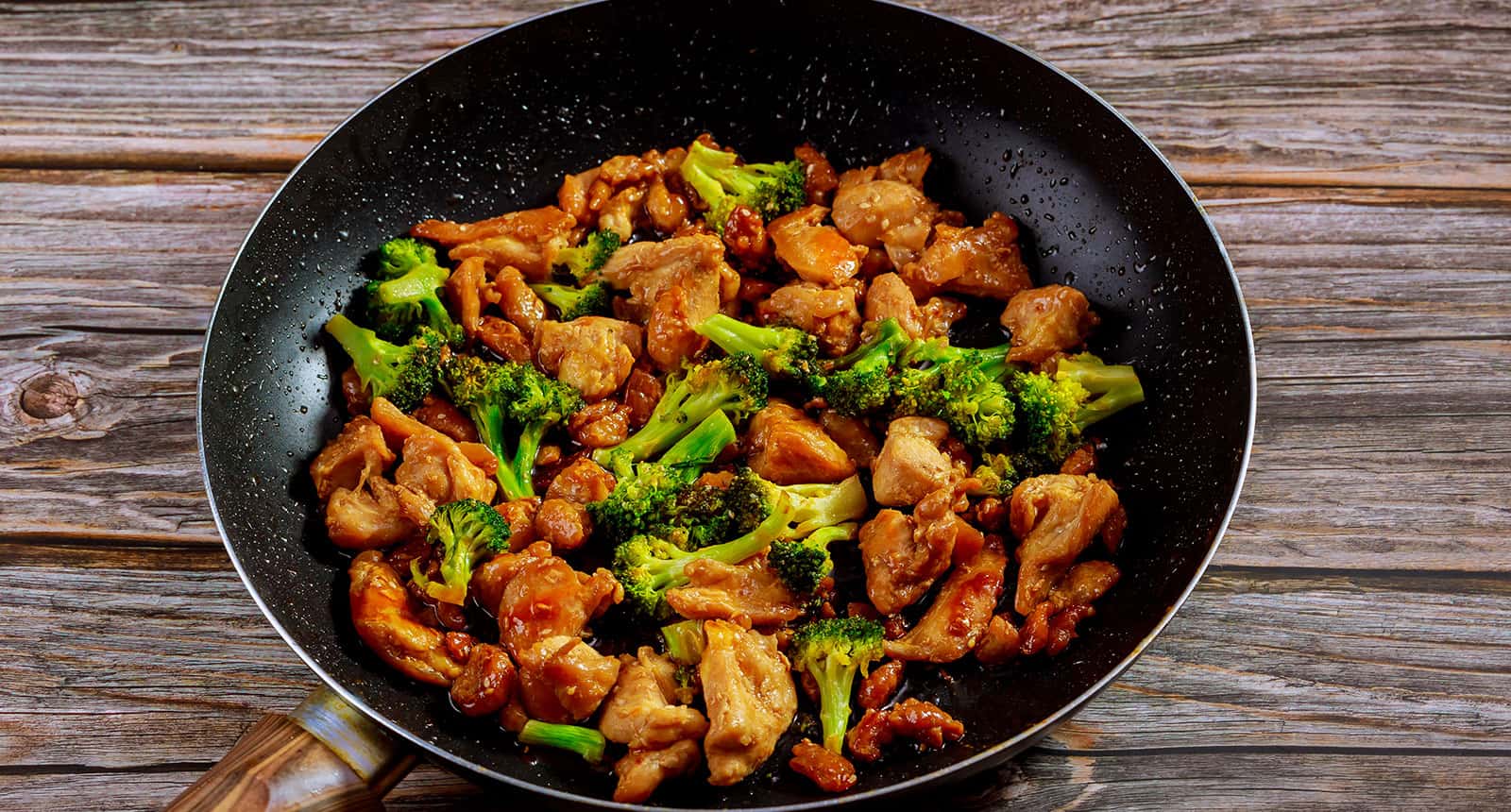
A 1:1 Mixture Of Hoisin and Soy Sauce
Sometimes a recipe requires oyster sauce for both its thick consistency and unique flavors. In this case, a combination of hoisin and soy sauce will be a quick fix that definitely satisfies your needs.
While soy sauce resembles the umami-ness and saltiness of oyster sauce, its light and thin consistency absolutely doesn’t score a point. Hoisin sauce, on the other hand, has a glistening look, thick and silky consistency, and sweetness. It is a clever idea to combine these two and bring all of their strong points into one perfect combination.
With a 1:1 proportion, the result will be mostly identical to oyster sauce in terms of both consistency and flavors. You can adjust the formula slightly to change the texture a little bit or incorporate the flavors of the sauce you prefer; it assures no harm.
Black Bean Sauce (Same Saltiness, Lumpy Texture)
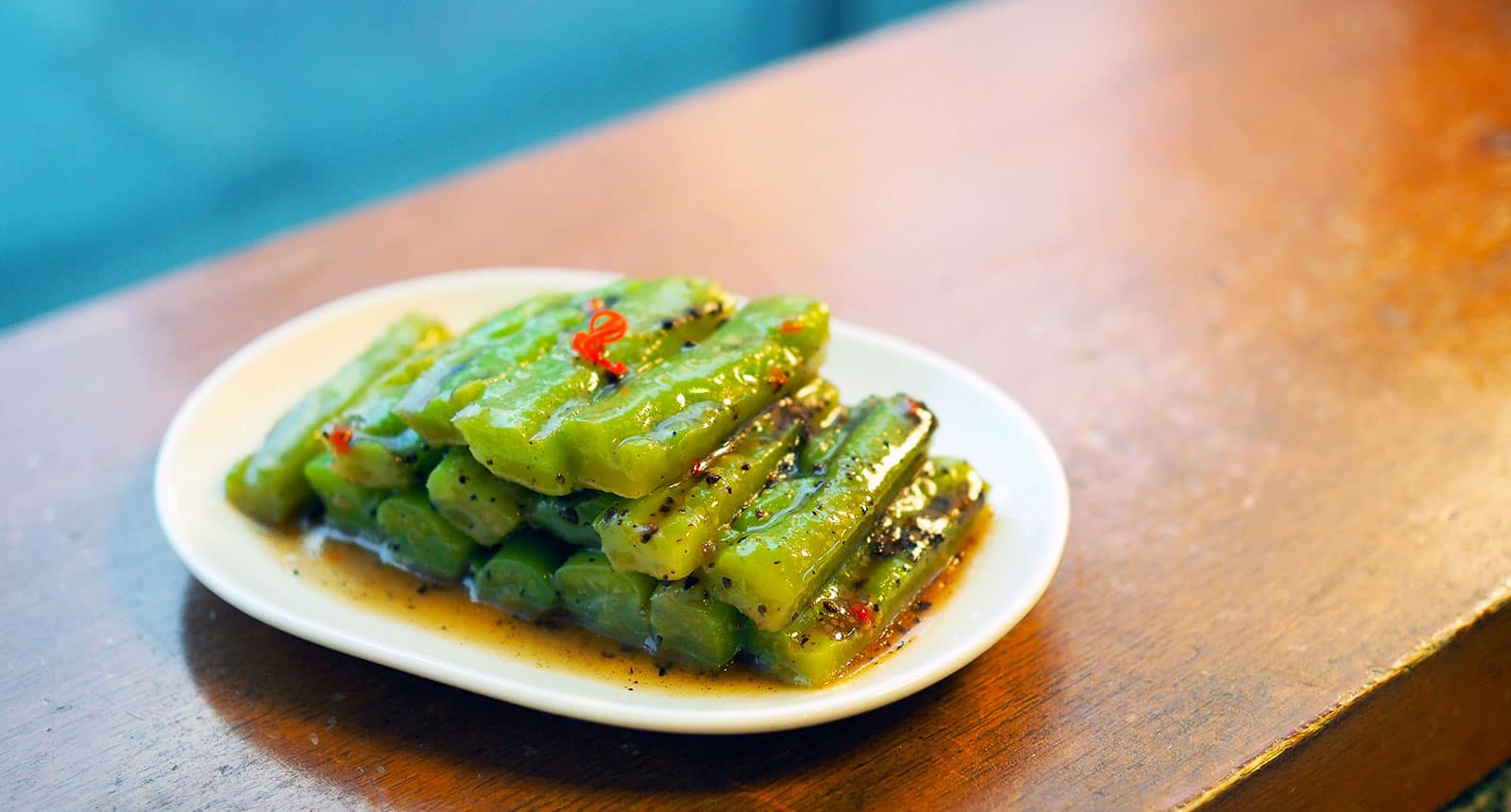
If you are looking for a substitute just for stir-fried dishes, no other can do better than black bean sauce. The sauce is a major ingredient found in Cantonese and Sichuan cuisine.
Sharing the same name, it cannot be mistaken for Korean black bean sauce (chunjang) served in the famous jajjangmyeon, aka Korean Black Bean Paste Noodle.
The latter is also made from fermented wheat flour, soybeans, and caramel. It has a different flavor profile, leaning towards more earthy flavors, saltiness with a detectable note of bitterness.
Black bean sauce is made from fermented black soybeans with ginger, garlic, sugar, and other spices. Its taste is a harmony of sweet flavors, saltiness, and a little heat from spicy ingredients.
The sauce has a completely different texture from that of oyster sauce. Black bean sauce has both liquid and solid parts. It is served fresh, with mashed, fermented soybeans in it, which causes quite a lumpy and crumbly consistency. You can imagine the texture is similar to spaghetti sauce.
Black bean sauce is not seen as a major table condiment. In particular, most usage is done during the cooking process. Packed with the most complex flavor, it is an all-purpose condiment to season all kinds of stir-fried dishes.
Having the most energy compared to other substitutes, you can give yourself a boost of energy by simply adding a few spoons to your meal.
It is also used as a dressing on vegetables such as bok choy, long beans, and broccoli or on a plain dish like noodles. A few drizzles of black bean sauce on any boiled or steamed vegetable can really enhance the flavor and make even the most boring, plain dish shine.
You can feel free to use black bean sauce instead of oyster sauce with a 1:1 formula. It has the lowest content of sodium, hence considered a healthier substitute and definitely the best option for people with kidney issues and strict diet practices.
In terms of nutrition facts, 1 tablespoon (15 gram) of black bean sauce contains:
- 23 g calories
- 1.9 g total fat
- 0.1 g saturated fat
- 0.1 mg cholesterol
- 78 g sodium
- 1 g carbs
- 0.2 g of dietary fiber
- 0.1 g of sugar
- 0.3 g of protein
- 1.2% daily value of vitamin C
- 0.3% daily value calcium
- 0.5% daily value iron
Mushroom Stir-Fry (Vegan Oyster Sauce)
This is another pro-choice for a simple-yet-delicious vegan meal. You might have heard of or used mushroom stir-fry sauce before, and they are also referred to as vegan oyster sauce because their production is intended for substituting oyster sauce.
The name mushroom stir-fried sauce actually does not indicate its use as a sauce used to stir-fry mushrooms, although you totally are able to do so, and it yields great results.
It refers to mushroom as a major ingredient used to make this vegan sauce. And most of the time, shiitake mushrooms are on the ingredient list.
Typical mushroom stir-fry sauce usually found in the market is made from shiitake mushroom, sugar, salt, cornstarch, flour, oyster-flavored flavorings, and some caramel coloring and preservatives. Or other products of the same kind are made from soybean base with mushroom flavors.
There are some well-known brands of mushroom stir-fry sauce: Lee Kum Kee, Kimlan, and Wa Jan Shan. If you intend to use mushroom stir-fry sauce, I suggest you follow the 1:1 conversion rate for similar taste and consistency.
How To Store Oyster Sauce Substitutes?
So far, you have been introduced to various oyster sauce substitutes and several helpful recipes to make delicious homemade oyster sauce substitutes.
If you want to get the most bang for your buck, here are some guidelines for you to store these wonderful sauces and make the most out of them.
For Mass-Produced Sauces
For store-bought condiments, since they are high in sodium and contain preservatives, it is already an unfavorable environment for bacterial development, so they don’t require any complicated storage.
You can store them directly in their original bottles or any glass containers that you want. Pour them out directly, and make sure the lid is sealed tightly after each use.
Regular commercial sauces can be kept in the fridge after opening, and shelf life lasts from 3 to 1 year, but it depends greatly on the type of sauce. Fish sauce can even last for 3 years.
In general, proper storage ensures you lots of use without potential waste. As some of these sauces are useful and you will need them very often, they have to be stored in a place visible and reachable, pantry or kitchen cupboard, or right on the kitchen table.
For Homemade Sauces
If you make homemade oyster sauce or any of these sauces, you’d better add labels with names and dates on them.
They are very similar in look, all dark or dark brown colors will appear indistinguishable to untrained eyes, plus any dinner rush possibly leads you to a mistake.
You must bear in mind that all kinds of homemade versions of oyster sauce substitute do not go through the strict pasteurized process, plus they contain no preservatives.
Therefore, they are more perishable than store-bought sauces, so it is recommended to store them in tightly sealed jars like airtight containers and better keep them in the fridge.
It is also preferable to consume homemade sauces within 2 weeks. So you know how much to make for each batch. A perfect amount for each making is ¾ a bottle of sauce; you don’t need much because it is quite salty, and you should use it between meals to avoid getting fed up.
If you have some leftover sauce from dipping sauce, do not put it back into their container to avoid cross-contamination. Either you throw them away or keep them in a separate bowl at room temperature.
Moreover, you should cover them with plastic food wrap, especially for some sauces with strong fishy flavors like fish sauce, as the air will carry the odors throughout the house.
How To Tell If Oyster Sauce Substitutes Go Bad?
For a better experience and healthy eating habits, you will need to know if oyster sauce substitutes have gone bad. Don’t take it seriously just because they are not a major part of your meal, these will directly affect your dish’s flavors and make or break your appetite.
Although the list includes many alternatives and they basically do not show the same signs when they go rancid. There will be common signs of spoilage that you can look to regarding all of the above sauces.
Change In Appearance
One of the most distinct signs that indicate an oyster sauce substitute has gone rancid is the viscosity has worn off and the consistency becomes too thin. If there’s been significant bacterial development, white fragments of mold will appear and float on the surface.
With sauces that are thickened by industrial thickeners like cornstarch, the solid parts will start separating from the liquid. To check this, you should pour a few spoons of sauce into a bowl to see the separation clearly.
Generally, the colors will get darker over time, but it is hard to detect if you don’t have keen eyes for details. So it’s better to go further with a taste test.
Change In Flavors
Oyster sauces will become stronger in odors with time, and sometimes the smell gets really overwhelming if you have left the bottle unopened for a very long time. Actually, very few people can smell strange odors from a spoiled sauce.
Once the sauce has spoiled really terribly, most people can spot dramatic changes in the flavors. If there is a distinct weird smell that spurs doubts in your mind or the taste is nothing like the sauce before it was put into storage, then you’d better throw them away.
Like any spoiled food, consumption of rancid sauces will cause foodborne illnesses, including diarrhea, stomach cramps, nausea, vomiting and may result in terrible health situations.
FAQs
Oyster sauce is a magical ingredient for making any dish delicious. It is a boon to a plain simple dish. And I am sure you have more to be curious about this topic. So I have gathered some frequently-used questions for your feed!
Bonus Tips
Although I listed out all the best substitutes based on different uses of oyster sauce, it is recommended that you try them in every possible way, not just for a single purpose of marinating or dipping. You do not know what you’ll miss out on if you just stick to one use!
I hope you find this post helpful. If you had any experience in using oyster sauce substitutes, feel free to leave comments below to let me know what you think.
Also, if you have something to contribute to this topic, I would love to read them all. And don’t forget to share it with your friends and family!

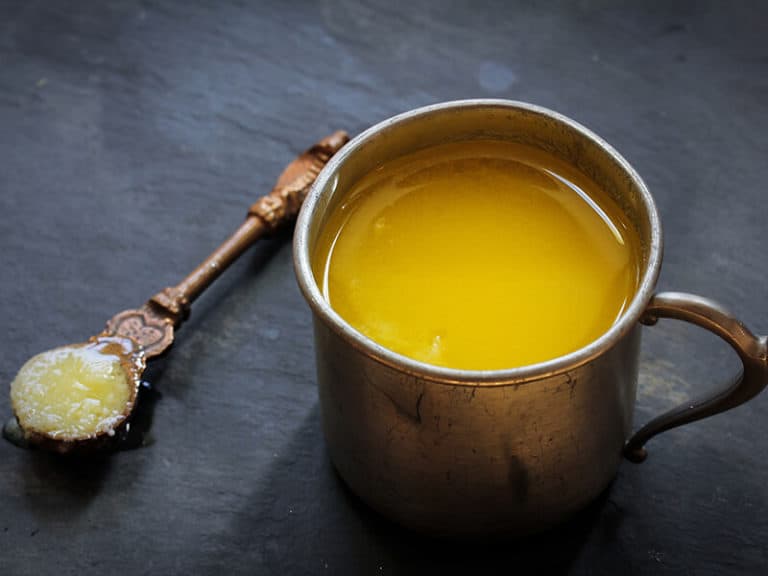
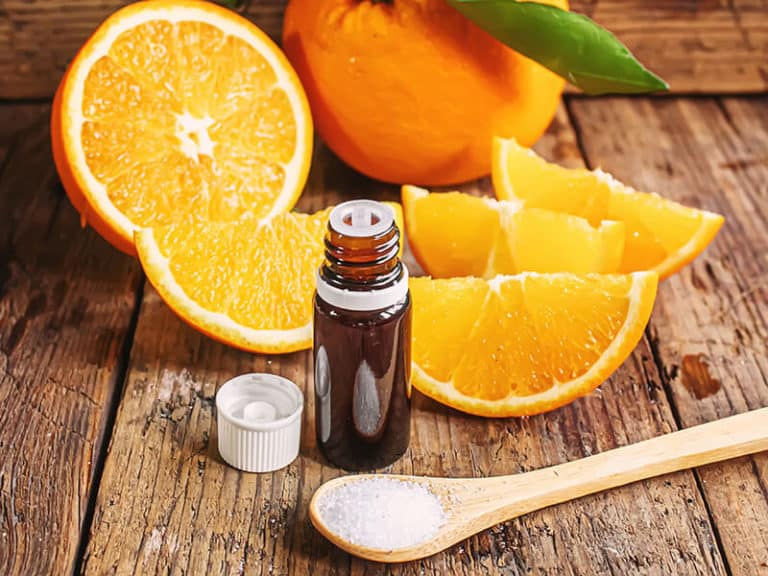


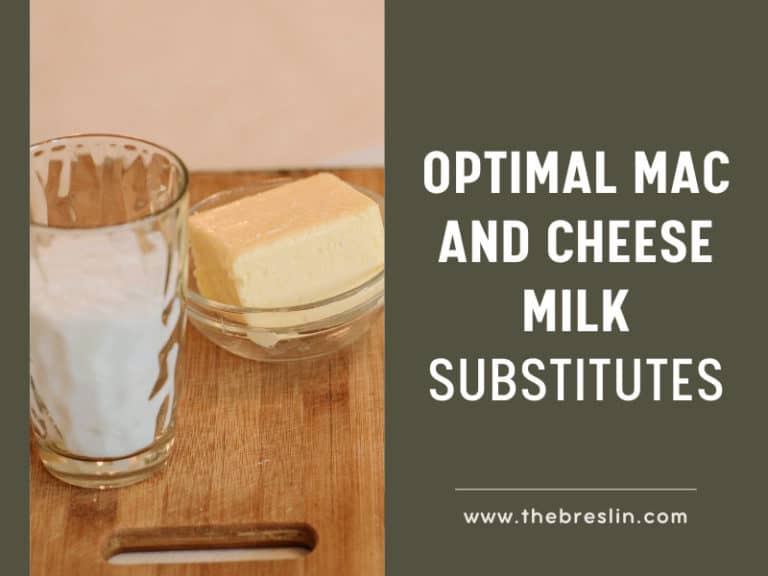
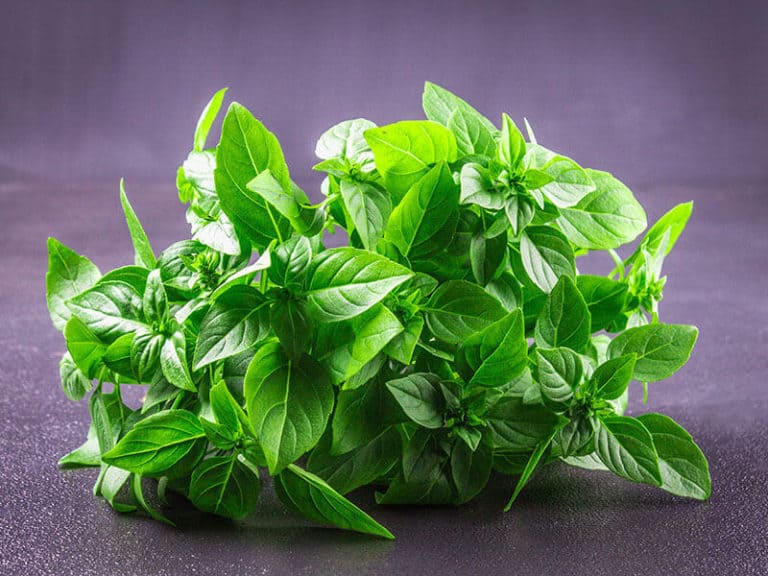
Amanda Collins
Founder and Senior Culinary Editor
Expertise
Culinary Arts and Management, Food Journalism and Critique, Recipe Development and Testing, Global Culinary Traditions, Sustainable Food Practices
Education
Institute of Culinary Education (ICE), New York, NY
Program: Diploma in Culinary Arts
Focus: Intensive hands-on training in culinary techniques, recipe development, and kitchen management, preparing students for professional roles in the culinary industry.
Monroe College, New Rochelle, NY
Program: Associate in Applied Science in Culinary Arts
Focus: Practical culinary skills, including cooking techniques, menu planning, and kitchen operations, with an emphasis on hands-on experience and industry standards.
Amanda Collins is a seasoned chef and food editor with a deep love for global flavors. Trained at the Institute of Culinary Education and Monroe College, and with over 15 years in the culinary field, Amanda has refined her skills in kitchens worldwide. Her background in food studies gives her a unique ability to share both recipes and the cultural stories that shape them.
As senior culinary editor at thebreslin.com, Amanda’s work brings authentic dishes to life, inviting readers to explore new flavors and techniques from around the globe. Her approachable style makes it easy for anyone to bring a bit of the world’s cuisine into their kitchen.